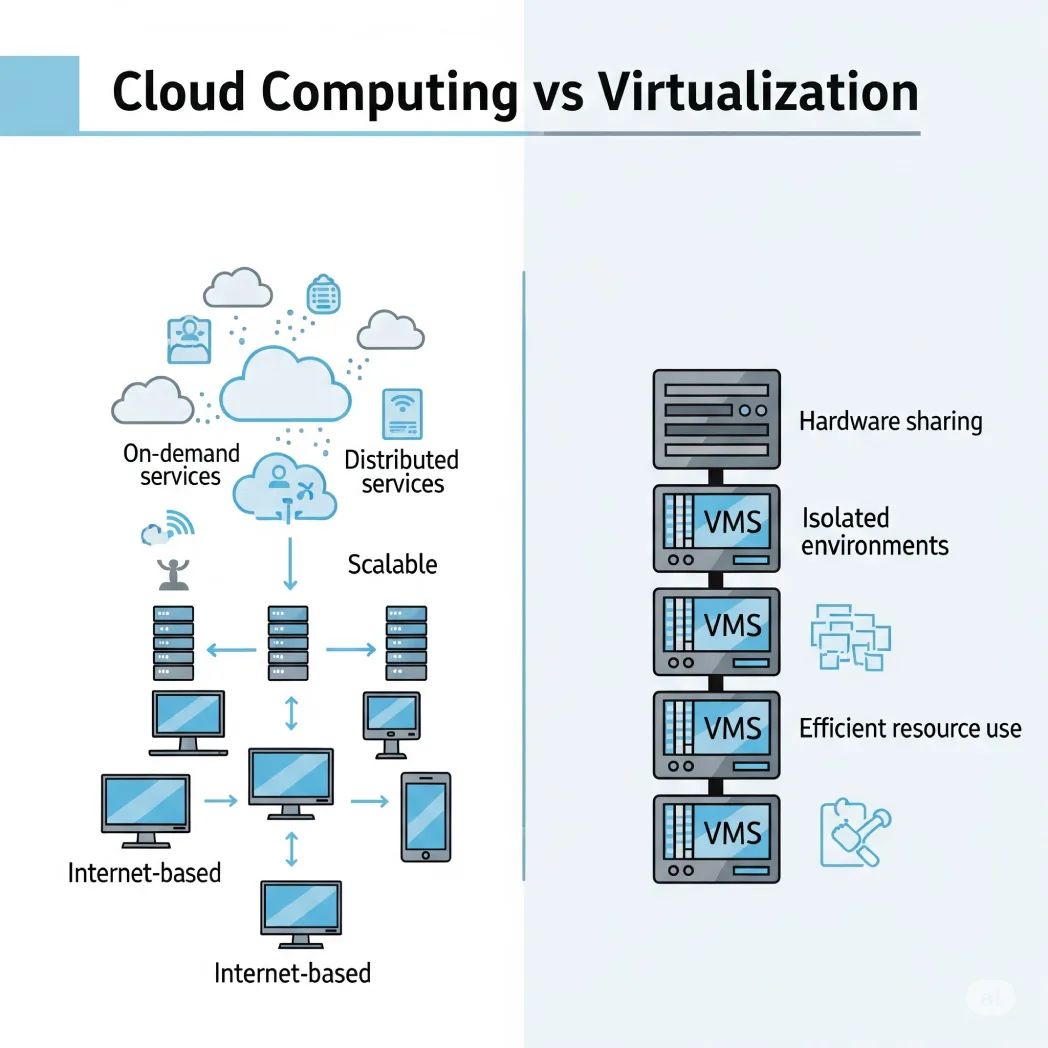In the ever-evolving landscape of computer science, mastering the intricacies of data structures is paramount. Among these, the priority queue stands out as a key player, offering unparalleled efficiency in various algorithms. Join us as we embark on a journey through the dynamic realm of Priority Queue Time Complexity, unraveling its secrets and empowering you with the knowledge to navigate this essential concept.
Understanding the Basics
To truly grasp the significance of Priority Queue Time Complexity, it’s crucial to start at the foundation. At its core, a priority queue is a versatile data structure that organizes elements based on their priorities. The nuances of its implementation can significantly impact the efficiency of algorithms, making it a cornerstone in algorithmic design.
The Algorithmic Charm
As we delve deeper into the intricacies, the algorithmic charm of Priority Queue Time Complexity comes to the forefront. Imagine the efficiency gained by swiftly identifying and prioritizing elements – a key advantage in a myriad of applications, from task scheduling to network algorithms. This is the essence of the algorithmic magic that we unlock when we navigate Priority Queue Time Complexity.
Navigating Time Complexity
Now, let’s navigate through the heart of the matter – Time Complexity. Mastery in motion, indeed! The efficiency of algorithms hinges on how well we understand and manage time complexity, and the priority queue plays a pivotal role in this arena. By dissecting the time complexity associated with priority queues, we gain a powerful tool for optimizing our code.
Unlocking Efficiency
In the middle of our exploration lies the revelation of techniques to boost efficiency. Algorithms involving priority queues can be optimized, ensuring that the time complexity is not just a theoretical concept but a practical asset. This optimization translates to faster execution and more responsive applications.
Practical Applications
The true mastery of navigating Priority Queue Time Complexity shines when we bridge theory with real-world applications. From healthcare systems managing patient priorities to financial algorithms optimizing investments, the impact is profound. The insights gained from this journey empower you to make informed decisions in your coding endeavors.
Algorithm Mastery in Motion
As we conclude our exploration, it’s evident that algorithm mastery is in motion. Navigating Priority Queue Time Complexity is not just a theoretical exercise but a dynamic journey that propels your coding skills to new heights. The nuances unveiled in this article equip you with a robust understanding, setting you apart in the competitive landscape of software development.
FAQs (Frequently Asked Questions)
Q1. What is the significance of mastering priority queue time complexity?
Answer: Understanding priority queue time complexity is crucial for efficient algorithm design. It allows you to prioritize elements, optimizing the execution of algorithms in various applications.
Q2. How does mastering time complexity impact real-world coding scenarios?
Answer: Mastering time complexity enhances your ability to write efficient code. In real-world scenarios, this translates to faster execution, better performance, and a competitive edge in the software development landscape.
Q3. Can you provide examples of real-world applications where priority queues shine?
Answer: Certainly! Priority queues play a key role in applications like task scheduling, network algorithms, healthcare systems, and financial optimizations, showcasing their versatility and significance.
Q4. What strategies can I implement to boost algorithmic efficiency?
Answer: To boost algorithmic efficiency, focus on minimizing time complexity, leveraging efficient data structures like priority queues, and incorporating optimization techniques tailored to your specific coding challenges.
Q5. How does prioritizing elements in a priority queue impact algorithm outcomes?
Answer: Prioritizing elements influences the order in which they are processed, directly affecting the outcome of algorithms. This strategic organization is essential for achieving desired results in diverse coding scenarios.
Q5. Is mastering priority queue time complexity applicable to all programming languages?
Answer: Absolutely. The principles of priority queue time complexity transcend programming languages, making it a universal skill applicable to a wide range of development environments.
Conclusion
As we conclude our exploration of “Mastery in Motion: Navigating Priority Queue Time Complexity,” the significance of efficient coding and algorithmic mastery comes to the forefront. Armed with practical insights, you are now better equipped to navigate the complexities of priority queues, ensuring your code stands out in the dynamic world of software development.





Hi to every one, the contents existing at this web site are actually amazing for people knowledge, well, keep up the nice work fellows.
Hi there! Thanks a lot for your encouraging words! We’re glad you find the content helpful. We’ll definitely keep up the good work.